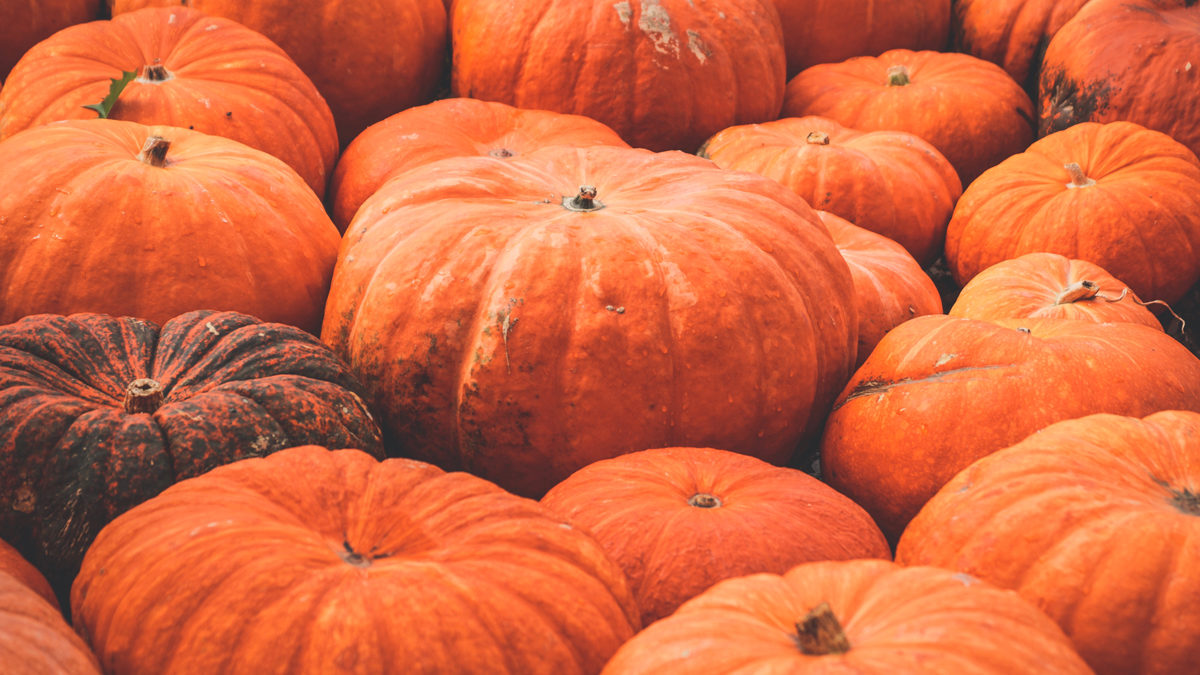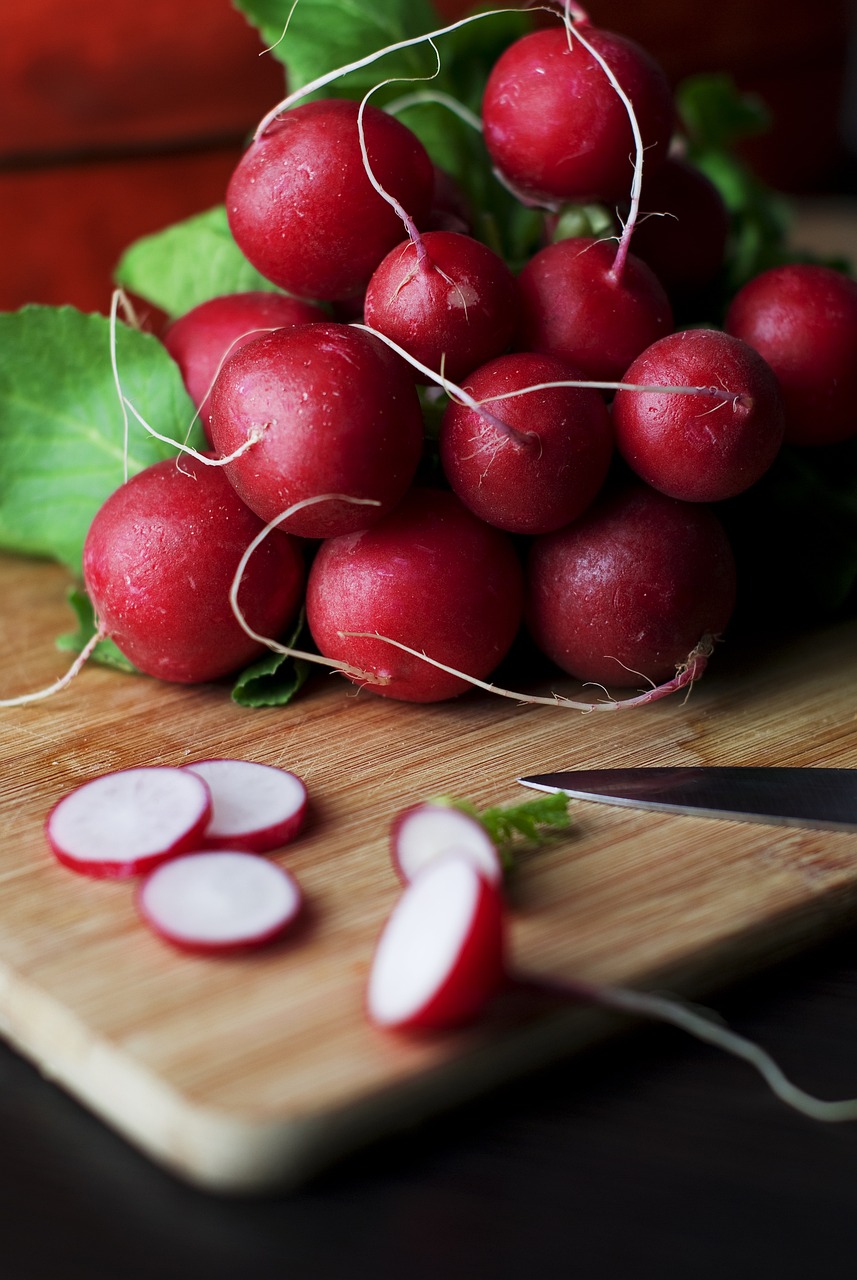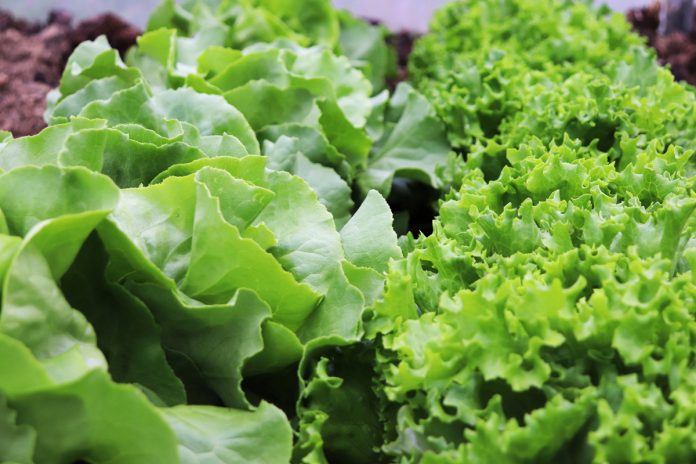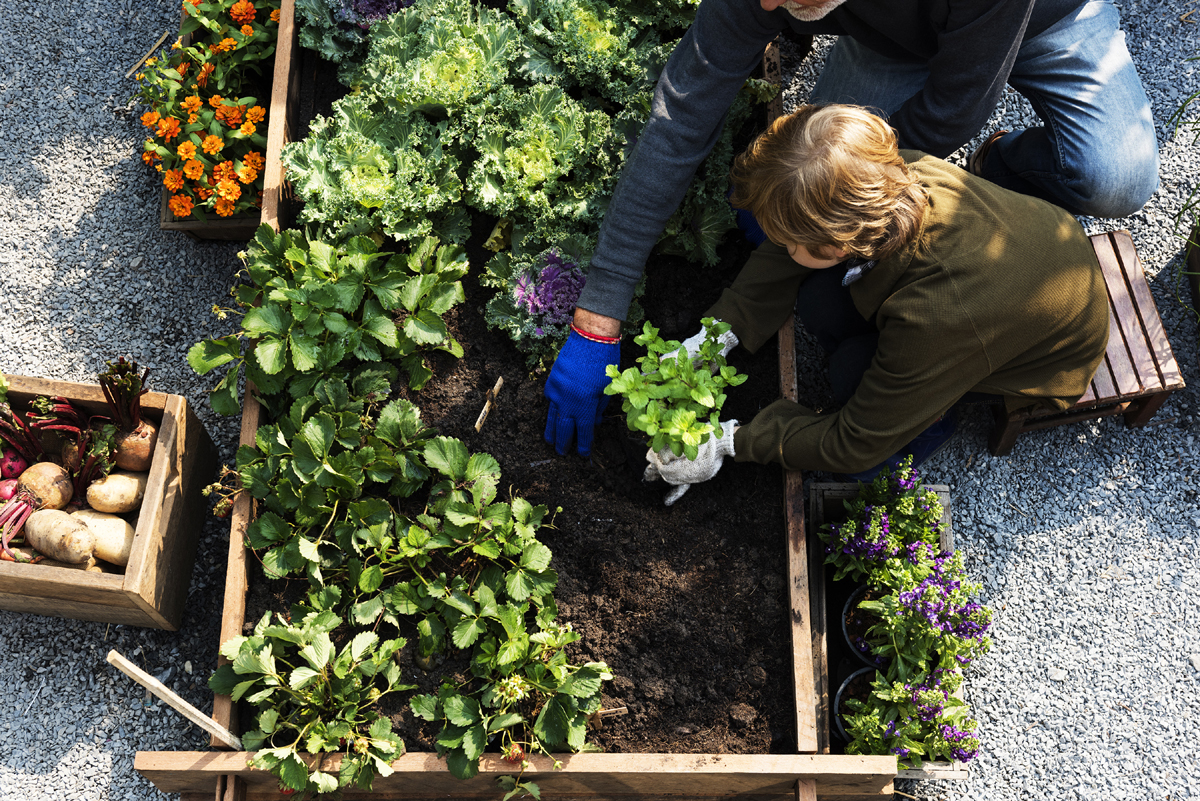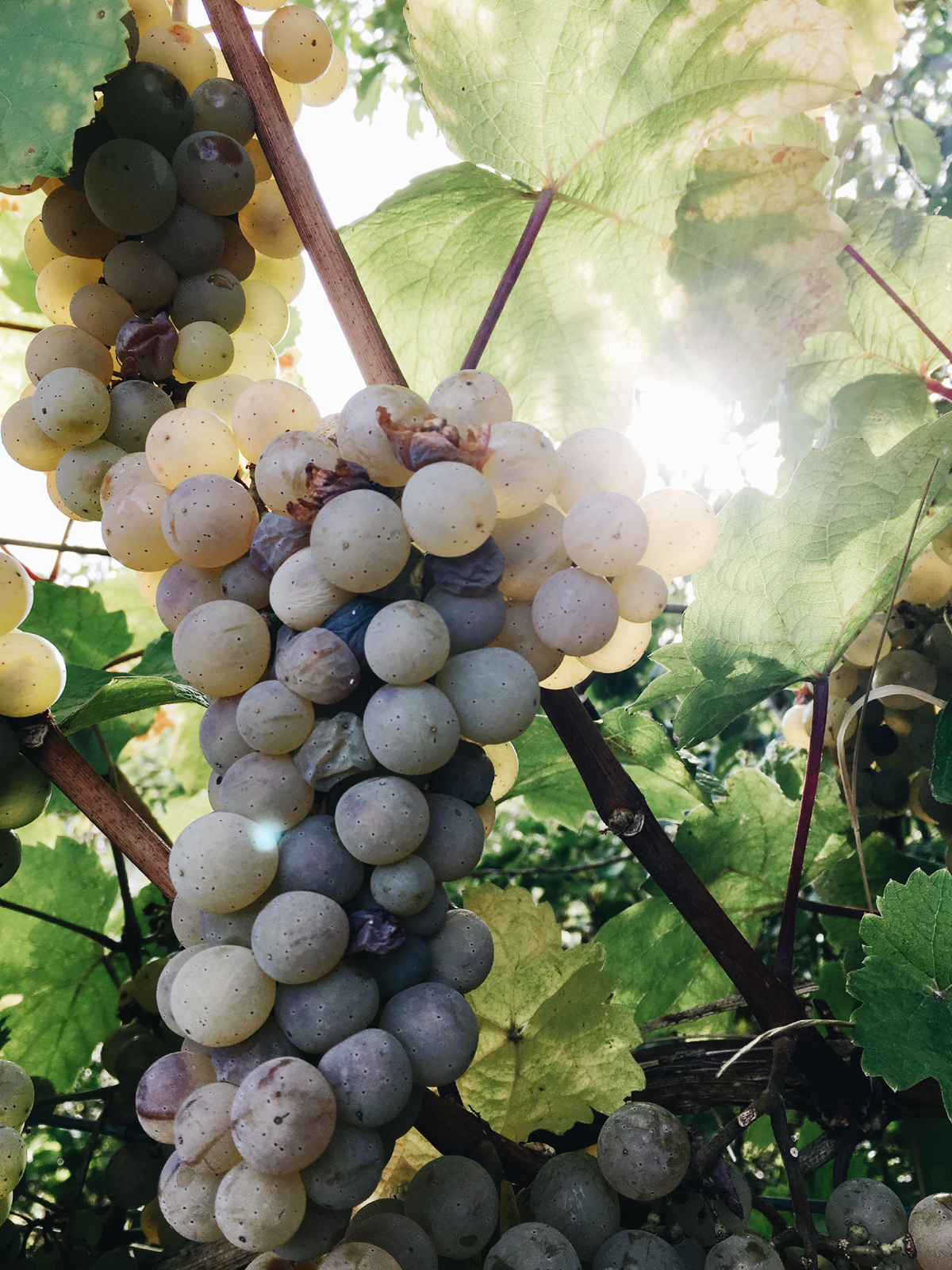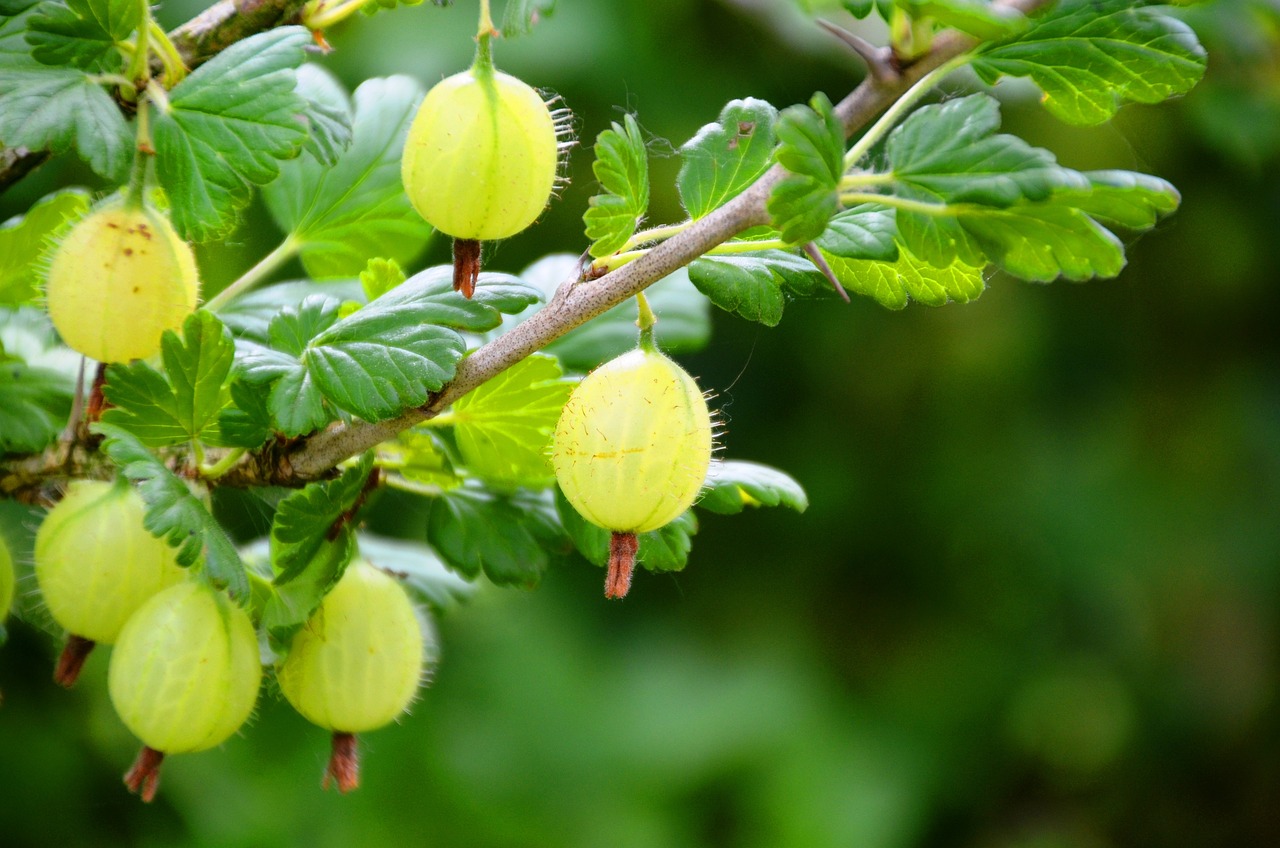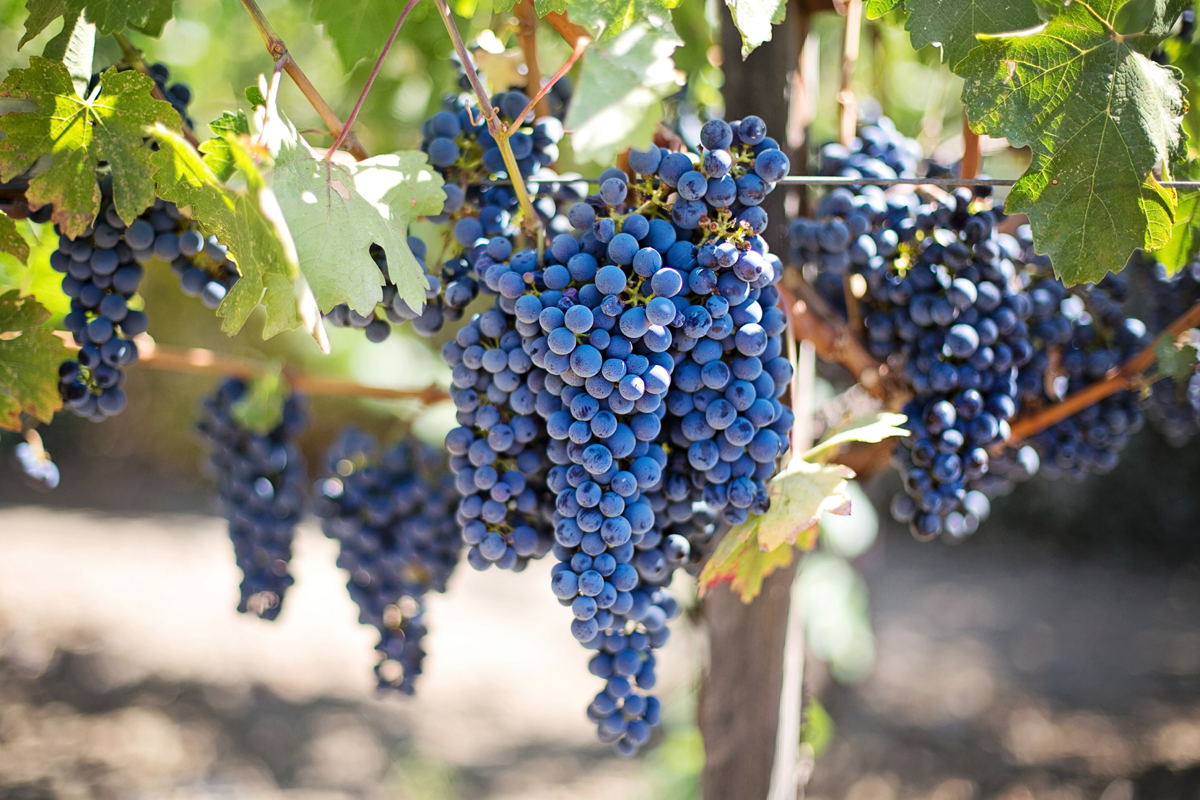Blueberries: A Delicious and Nutritious Addition to Your Diet
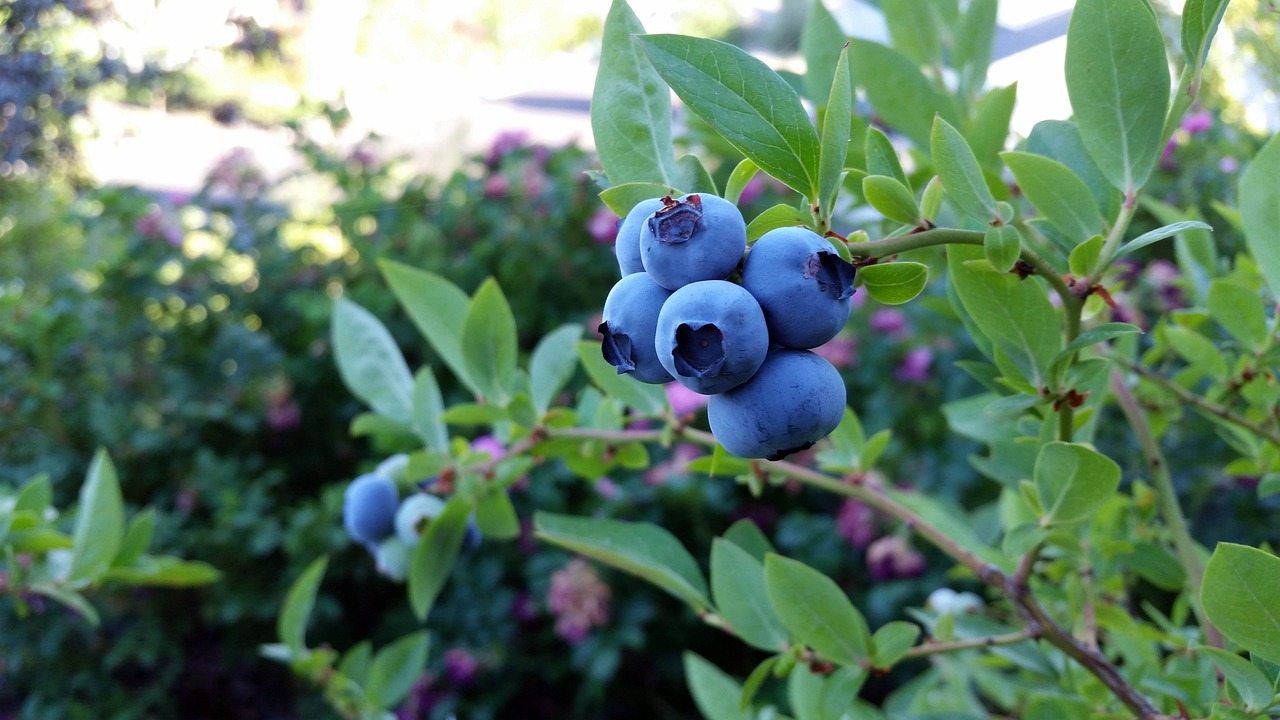
Native to North America, blueberries were first discovered and cultivated by Indigenous people. Over time, blueberries became an important food source not only for Indigenous communities but also for early European settlers. The fruit was used for medicinal purposes, as a dye for clothing and baskets, and even brewed into tea to treat coughs. Today, blueberries are grown commercially all over the world, with the United States being the biggest producer.
Elizabeth White, a cranberry farmer from New Jersey, played a key role in the development of commercial blueberry farming. By hybridizing wild blueberries with larger, more flavorful varieties from around the world, she and botanist Frederick Coville created delicious and nutritious fruits suited to cultivation.
During World War II, blueberries were an important food source for American soldiers, as they were high in vitamins and could be easily transported. In fact, the U.S. government even encouraged citizens to grow their own blueberries and other fruits and vegetables in “victory gardens” to supplement the nation’s food supply.

Blueberries have gained recognition for their numerous health benefits, such as improving heart health and cognitive function, while their antioxidants help protect against free radicals. Wild blueberries have more antioxidants than cultivated blueberries, but both types are still considered to be a great source of these powerful nutrients.
There are several varieties of blueberries, with highbush being the most commonly cultivated. Lowbush blueberries, or wild blueberries, are smaller and more intense in flavor and are primarily grown in Maine and Canada. Rabbiteye blueberries are native to the southeastern United States and thrive in warm climates.
If you’re interested in growing your own blueberries, it’s important to choose the right variety for your climate and soil conditions. Blueberries prefer acidic soil and require regular watering. They can be grown in containers or in the ground, and they generally take 2-3 years to begin producing fruit. Pruning is important to maintain plant health and ensure a good harvest. The blueberry harvest season in North America typically runs from mid-May to early August, depending on the region.
You can add blueberries to muffins, pancakes, smoothies, salads, or simply enjoy them fresh. Blueberries also pair well with lemon, vanilla, and other fruits like strawberries and raspberries. Blueberries can be frozen easily and still retain their flavor and nutritional value, making them a great choice for year-round consumption.
The Author:
Pioneerthinking.com – Ingredients for a Simple Life.
Photo. karikdickinson

